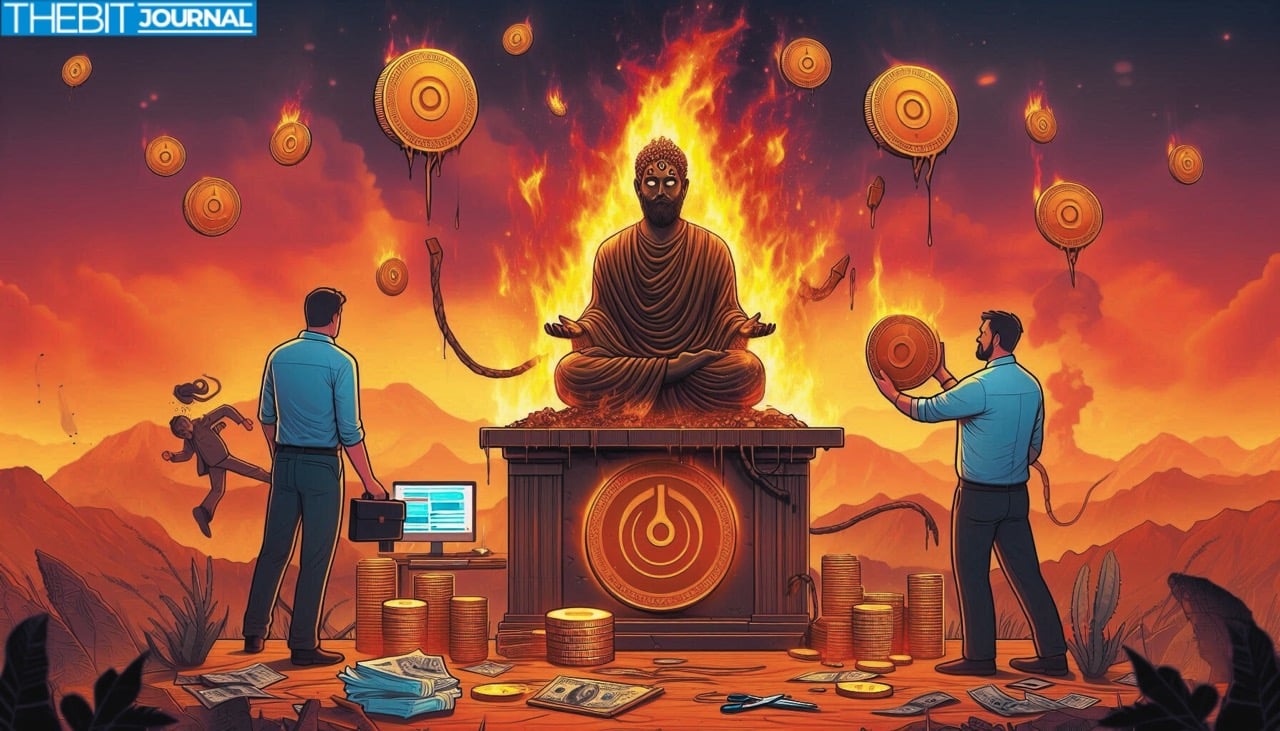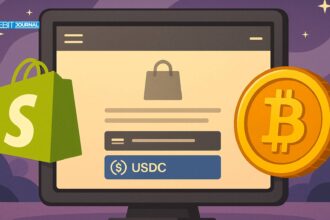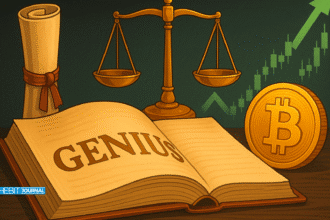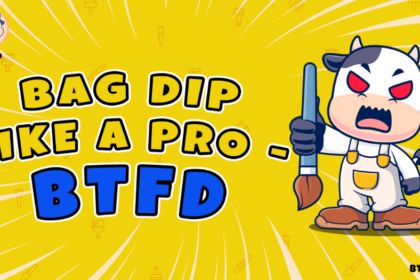The CEO of Mantra, JP Mullin, has announced plans to burn his entire personal allocation of 772,000 OM tokens in a high-stakes effort to restore investor confidence following a dramatic crash that saw the token lose over 90% of its value in just one week. The move, announced on X (formerly Twitter), follows mounting backlash over allegations of insider activity and controversial OTC deals that triggered forced liquidations and exposed deep liquidity flaws within the OM token ecosystem.
OM Token Crash Triggers Trust Crisis
The OM token, which once soared to a $5 billion market cap, plummeted by over 90% from its weekly high, according to market data tracked by CoinGecko. At the time of writing, OM is trading at just $0.7784, a staggering drop from its peak. The crash, exacerbated by cascading liquidations and slumping market depth, has fueled intense scrutiny of Mantra’s internal tokenomics and leadership conduct.
On-chain data shows that market depth collapsed from $290 million to less than $500,000, severely reducing OM’s ability to absorb sell-side pressure. According to data from OKX, nearly $21 million in long positions were liquidated in the crash.
JP Mullin’s Burn Proposal: Genuine Reform or PR Optics?
In an April 15 reply to a community member on X, Mullin stated his intention to burn his entire team token allocation, 772,081 OM currently staked on Fluxtra, as a show of personal accountability. He stressed that team tokens are not set to begin vesting until April 2027, which is 30 months after the scheduled October 2024 mainnet launch.
“I’m planning to burn all of my team tokens and when we turn it around the community and investors can decide if I have earned it back.” Mullin wrote.

The declaration came amid growing calls for Mantra to delay its token unlock schedule and enact stronger safeguards to align with long-term community interests. Mullin’s proposal has sparked debate, with some, including Ran Neuner of Crypto Banter, warning that removing founder incentives could demotivate core contributors.
Mullin later clarified that his offer applies strictly to his personal stake and proposed an alternative: placing the tokens in a community-controlled smart contract, effectively creating a performance-based vesting mechanism governed by OM holders.
Coffeezilla Investigation Fuels Manipulation Accusations
The controversy escalated further after crypto investigator Coffeezilla published an explosive video alleging that the Mantra team engaged in off-market token sales between $25–$45 million at steep discounts of 30–50%. He claimed that some of the funds were later used for OM buybacks to prop up prices, a tactic he described as “price manipulation.”
Mullin denied the accusation, stating that the sales were for strategic partnerships and treasury diversification. However, the lack of transparency surrounding the transactions has cast a long shadow over Mantra’s credibility in DeFi circles.
In an interview clip, Coffeezilla stated:
“This isn’t just about a token crashing — it’s about a project that allowed a handful of insiders to offload risk while retail traders got wiped.”
Tokenomics Under Fire: The Road Ahead for Mantra
Amid the backlash of the OM Token Crash, the Mantra team claims that no team tokens have been sold and that all allocations remain locked until 2027. The project’s documentation confirms a 300 million OM allocation for team incentives, subject to long-term vesting.
Yet, the timing of the crash, just as Mantra was gearing up for major milestones including the mainnet launch and ecosystem expansion, couldn’t have been worse. Efforts to calm the community now include emergency strategies such as token buybacks and governance-led decisions on treasury management.
JP Mullin reiterated in a follow-up post that restoring OM’s value is now the project’s top priority:
“We’re considering token burns, buybacks, and transparency-first policies going forward. The trust of our community is everything.”

Crypto Market Signals and Investor Sentiment
The OM debacle comes at a time when altcoin markets are facing renewed volatility. Liquidity fragmentation and OTC dealings remain critical structural concerns in low-cap ecosystems. Analysts say the OM Token Crash incident could serve as a cautionary tale for projects planning aggressive tokenomics without transparent safeguards.
CryptoQuant analyst Ki Young Ju noted earlier this month that OTC activity without clear on-chain validation continues to pose systemic risks to smaller DeFi projects. In OM Token Crash case, the combination of rapid price ascent, insider access, and opaque transactions triggered a collapse that might have long-term implications for the OM ecosystem and for investor faith in emerging DeFi projects.
Conclusion
JP Mullin’s dramatic pledge to burn his personal token allocation is a rare and high-risk move that reveals the severity of the crisis facing Mantra. Whether this gesture will be enough to regain the trust of a disillusioned community remains to be seen. As insider allegations continue to unfold and liquidity challenges mount, OM’s path to recovery will likely hinge on transparent governance, audited financial flows, and verifiable community-driven decisions.
FAQs
What triggered the OM token crash?
The OM token crash was driven by low liquidity, cascading liquidations, and allegations of insider OTC sales. Market depth collapsed dramatically, compounding the price decline.
Why is JP Mullin burning his tokens?
JP Mullin offered to burn his entire personal allocation of OM tokens as a symbolic gesture to rebuild community trust following the crash and allegations of insider misconduct.
Are team tokens being sold by Mantra?
According to Mullin, team tokens remain locked until 2027, and none have been sold. However, off-market OTC deals by the project have raised concerns.
What are the allegations from Coffeezilla?
Coffeezilla alleged that the Mantra team sold tokens at steep discounts in OTC deals and then used a portion of the proceeds for price manipulation, claims Mullin denies.
What happens next for Mantra and OM?
Mantra’s recovery may depend on community governance, token burns, buybacks, and transparency in token flows. Whether these measures succeed remains uncertain.
Glossary
OM Token: The native cryptocurrency of the Mantra ecosystem.
Token Burn: The process of permanently removing tokens from circulation.
OTC (Over-the-Counter): Private token sales conducted outside traditional exchanges.
Liquidity: The ease with which a token can be bought or sold without affecting price.
Vesting: The release schedule of tokens allocated to team members or investors.





























